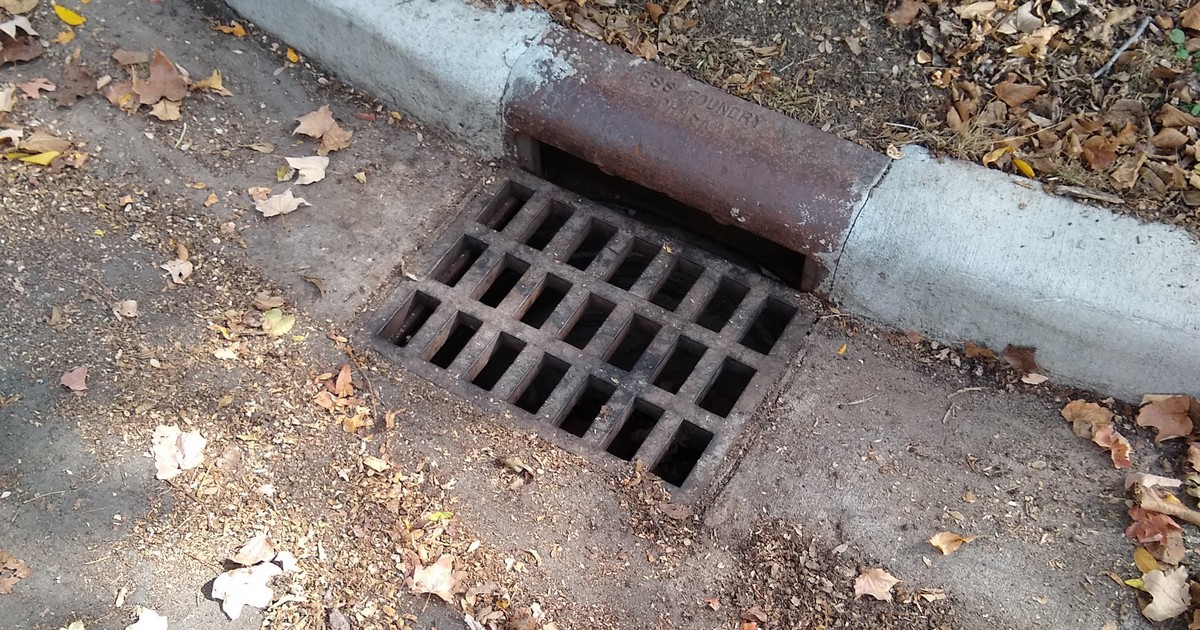What's the name of your storm drain?
What do these names have in common: Paul Bunyan --Tater Tot Hotdish -- Luke Skywater -- Drainy McDrainface? They are all names of Minnesota Storm Drains, also known as Catch Basins. These particular catch basins are part of a community volunteer program called Adopt-A-Drain. According to Facebook, on September 2, they “reached over 16,000 drains adopted in Minnesota.” Communities all over the state, including Northfield, are adopting their local storm drains. So, what exactly is behind this latest movement and why a Storm Drain name?
First, let’s talk about storm drains or catch basins. According to the Minnesota Stormwater Manual, “Storm drains are gateways that allow pollutants in stormwater to flow untreated from local streets to lakes, rivers and streams.” Northfield is a small town along the Cannon River with a population under 21,000. Even so, the city website states that there are more than 3,000 catch basins in town, more than the city can handle on any given rainy day. A program like Adopt-A-Catch Basin invites the community to help care for their street or favorite part of town to the benefit of everyone. How does this work?
The pollutants that quite often find their way into local waters include anything from salt used to melt winter ice to automotive oil, grease, and antifreeze to cigarette butts to yard waste, fertilizers, and pesticides. These are commonly used by most households so it is a good idea for everyone to know a little more about catch basins and what we can do to keep our water cleaner. For a helpful diagram of a Stormwater catch basin, go here. We may not be responsible for filtering rain as it falls from the sky but we are responsible for what it falls on. Practicing smart lawn care and yard maintenance can go a long way in reducing harmful elements from entering these lakes, rivers, and streams we enjoy so much as well as keeping the grates of our catch basins clear of debris. The Minnesota Pollution Control Agency recommends less mowing, fertilizing, and raking to maintain a healthy yard that is also environmentally friendly. For more information on your how to help your lawn and garden Live Green go here.
Regarding catch basin care, regular visits will help you determine your cleaning schedule, especially after a heavy rainfall or winter snowfall and when trees lose their leaves. You will need to use gloves, a rake or broom, reflective clothes, and closed-toes shoes to bag up organic waste, trash, and recyclables. Northfield’s city website has helpful instructions and videos to explain what you need to know to get started.
Many communities not only adopt catch basins to keep them clean but also to mark them with stencils or eye-catching art work to draw attention to their location and importance. A common fallacy is that storm drains lead to water treatment plants. Stenciling phrases and pictures vary and help to teach and remind the community: Only Rain in the Drain,” “No Dumping. Drains to River,” and “You Dump It. You Drink It.” Adopting, cleaning, decorating, and maintaining—catch basins are no longer unwanted or unknown. And, about naming them? There’s nothing like naming something to make it family.
Visit the Northfield interactive map and you may be surprised to see just how many catch basins are in your neighborhood. You may even be surprised by the nicknames given during the adoption process. I recently started co-maintaining a catch basin with my neighbor. The little work it takes to share in the maintenance will make a difference that will hopefully benefit us all.

